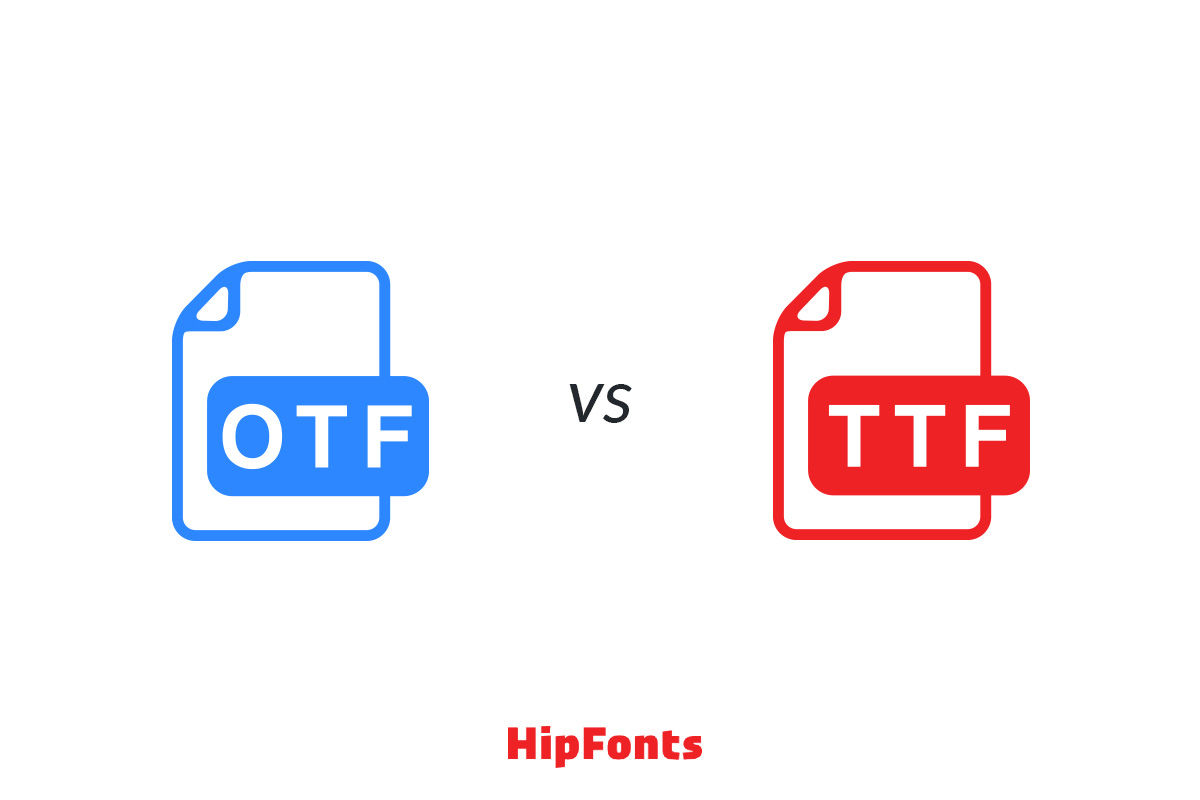

#File size of otf vs ttf download
The third and last step is to download your new converted and compressed. Download and import fonts into your project We usually follow the recommended “Optimal” since it ensures a good compression and a faster loading speed, but if you are en expert you can choose the “Expert” mode which lets you decide how you would like your fonts to be converted and compressed. TTF depends solely on glyph tables that define how each character looks while OTF is able to use glyphs along with CCF (Compact Font Format) tables. OTF format and then choose your desired conversion type. TTF stands for TrueType Font, a relatively older font, while OTF stands for OpenType Font, which was based in part on the TrueType standard. Next step is to upload the font files in either. Upload your fonts and choose converting type The link will take you directly to a page where you can upload your font files and choose how you would like to convert them. Go to Font Squirrels websiteįirst step is to open Font Squirrels website by following this link. Below is an image from CanIUse with the browser support for. It seems that it is mainly Internet explorer 11 and Opera Mini that doesn’t support the. WOFF2 have also gained support from modern browsers over the last few years. WOFF format is widely support between both modern browsers and less modern browsers. Below is an image from which displays the all around browser support for the.

You can read more about the history of WOFF here at Wikipedia: Browser supportĪs mentioned in the first section, WOFF has been around since 2009 and therefore most modern browsers today have implemented support for using these file types. Today we also have a WOFF2 which makes use of an even better compression, but unfortunately there are less browser support for the WOFF2 extension. WOFF1 was first made in 2009 by Jonathan Kew, Tal Leming and Erik van Blokland and it was using a compression called zlib in order to compress the font files to lower latency on the internet. Fonts used on a website should load faster since they are sent from either a CDN or your own web server and the bigger the file sizes are, the longer it takes and the more data it requires to load them. WOFF stands for Web Open Font Format and it was made to make a difference between fonts used on a desktop computer and on the internet. WOFF is more sustainable and at last we will give you a guide on how you can convert your font files in just a few clicks. allows for the embedding of TrueType (TTF) and OpenType (OTF) fonts directly or from. Sustainability on the internet is becoming more popular and one way you can improve your websites loading time drastically is to convert. using a custom font adds to your final application's file size.


 0 kommentar(er)
0 kommentar(er)
